Often when people think about color in interior design, the first instinct is to focus on aesthetics—whether the hues match, or whether the design is visually appealing. But color is far more than just decoration. It has the power to influence how a space feels, how people respond emotionally, and even how energy flows through a home. This is the essence of color psychology in interior design, and when applied thoughtfully to furniture, it can completely transform a living space.

What Is Color Psychology in Furniture Design?
Color psychology is the study of how colors influence human behavior and emotional response. In furniture design, it plays a vital role in shaping the atmosphere of a room. Certain colors evoke calm and tranquility, while others stimulate conversation and creativity. Whether you’re furnishing a minimalist condo or a spacious landed property in Singapore, choosing furniture with the right hues can help set the tone for your home.
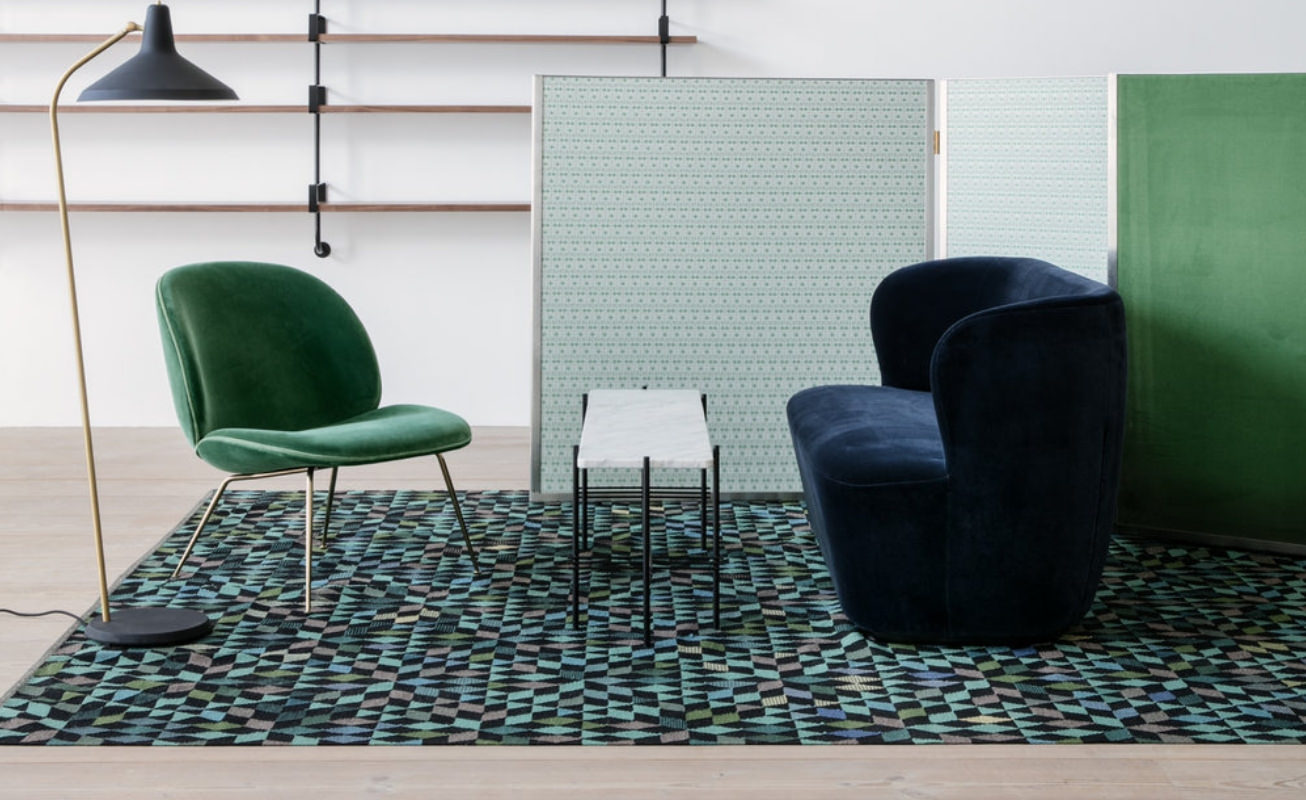
Understanding the Color Elements
Before diving into which colors work best for different moods, it’s important to understand the basic elements of color in design:
- Tint: Adding white to a hue creates a tint. Think lavender instead of purple—softer, gentler, and often more spacious-feeling. Tinted furniture pieces, such as are ideal for creating a serene and airy look.
- Shade: When black is added to a hue, it becomes a shade. A shaded teal might evoke the feeling of deep ocean waters, perfect for a cozy reading corner. Shades work well in contrast with neutrals and can add richness without overwhelming the space.
- Value: Refers to the lightness or darkness of a color. High-value colors (light) make a room feel open and airy, while low-value (dark) tones add drama and intimacy. Balancing these in your furniture choices creates visual interest.
- Saturation: Highly saturated colors are bold and attention-grabbing—think of a bright orange accent chair. Less saturated hues are softer, more relaxed. A dining table in a desaturated sage green might feel grounded yet elegant.

Choosing Furniture Colors Based on Mood
Here’s how different hues can influence your space:
- Blue: Calming, focused, and ideal for bedrooms or study areas. A navy-blue armchair can anchor a serene reading nook.
- Green: Balances and refreshes. Perfect for open-plan living rooms or biophilic-inspired interiors.
- Yellow: Invites warmth and happiness. Great for kitchens or informal dining areas.
- Red: Stimulates and energizes—best used in moderation, such as in accent pieces.
- Neutrals (beige, grey, taupe): Offer timeless elegance and flexibility. They provide a harmonious backdrop that works in any Singapore home, from modern HDB flats to heritage houses.
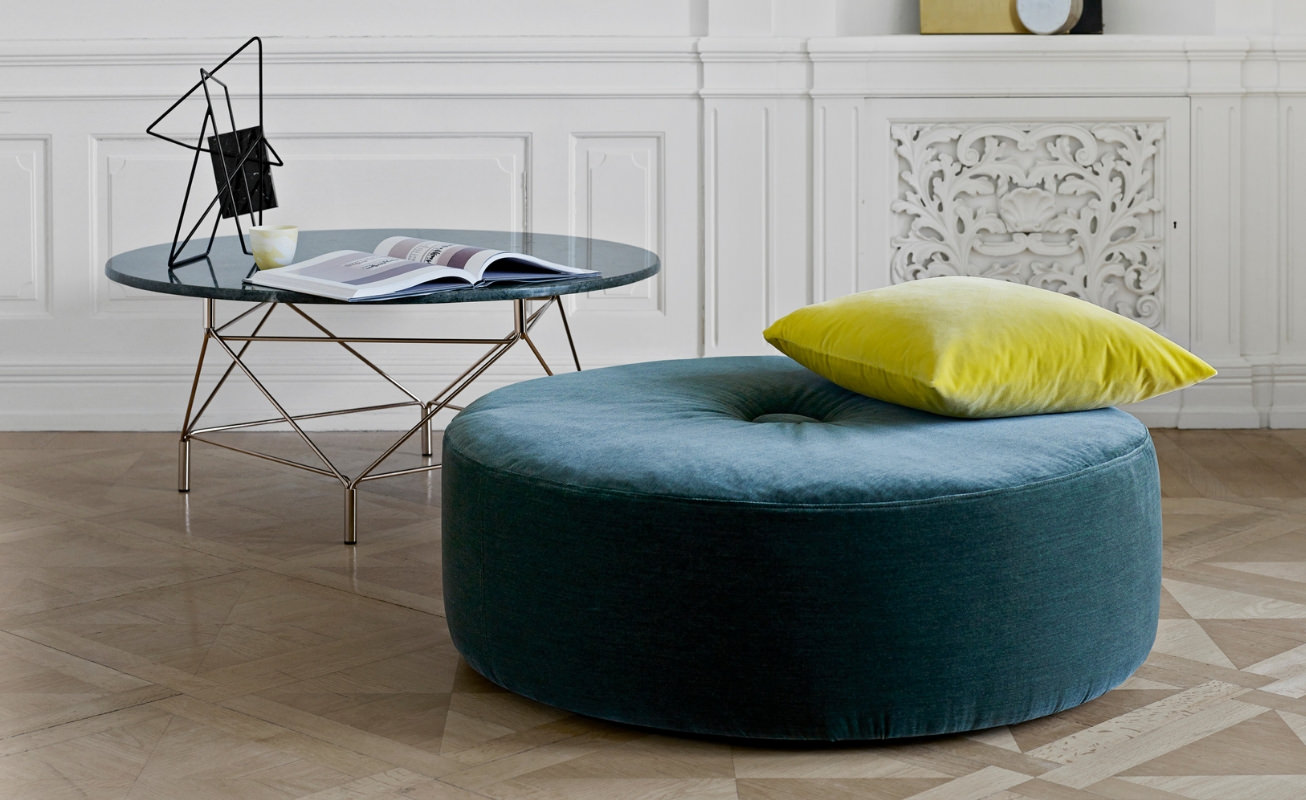
Where to Find Emotionally Intelligent Furniture in Singapore
For homeowners seeking furniture that not only looks stunning but also supports intentional design through color, Danish Design Co offers an impressive curation of premium Scandinavian brands. Their portfolio features a wide array of handcrafted furniture from top designers brands known for marrying form, function, and feeling.
Danish Design Co gives homeowners access to beautifully designed pieces that embrace both minimalist elegance and color psychology.

Why Scandinavian Design Is Perfect for Color Psychology
Scandinavian furniture excels at leveraging subtle tones, natural textures, and clean lines—making it an ideal canvas for applying the principles of color psychology. The emphasis on natural light, soft hues, and functional beauty ensures that furniture enhances both the visual and emotional environment of the home.
Whether you’re styling a modern condo or refreshing a traditional landed house, choosing furniture with intention—especially when it comes to color—can elevate the mood of any room.
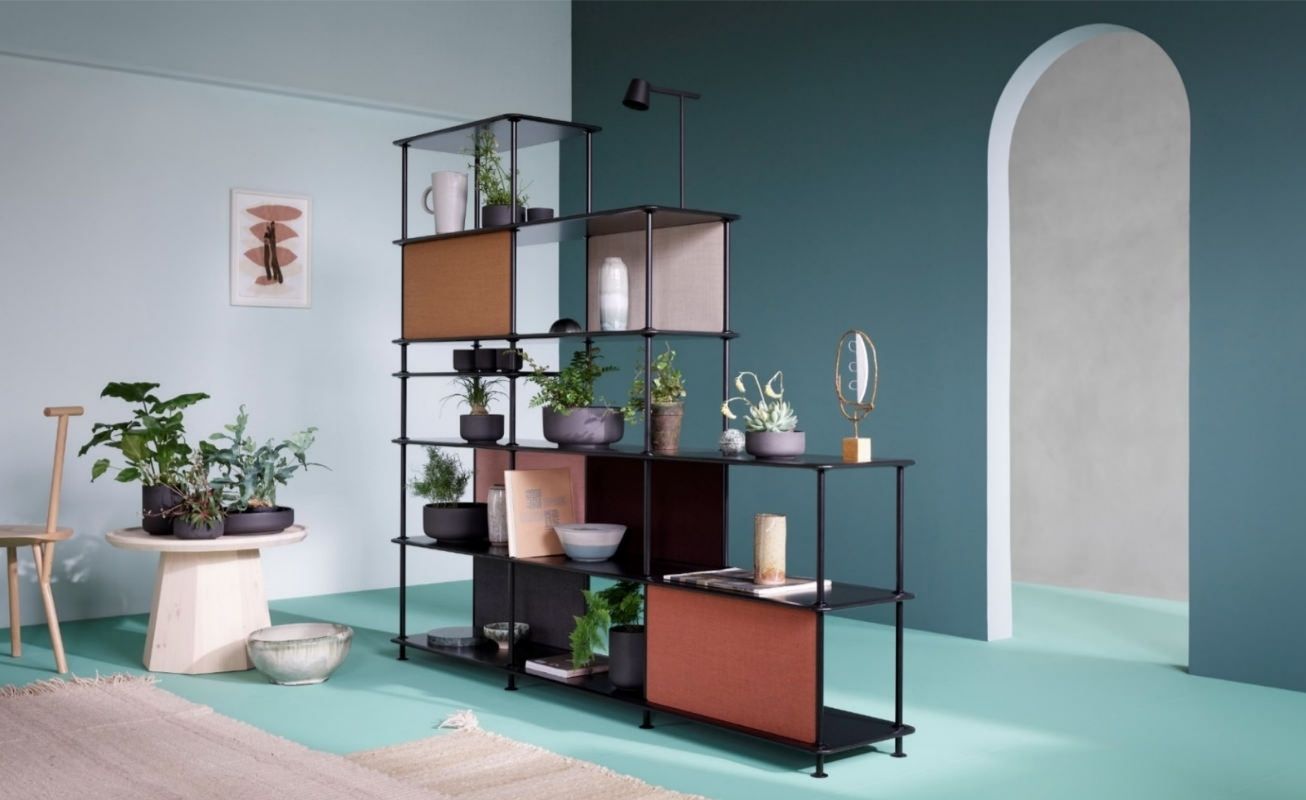
Discover Color-Driven Furniture at Danish Design Co Singapore
Explore the world of Scandinavian design at Danish Design Co Singapore and experience how thoughtful furniture choices can bring balance, emotion, and timeless beauty into your home.
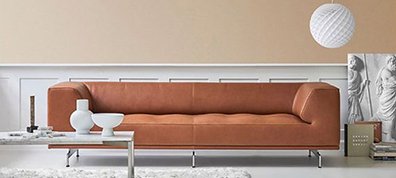
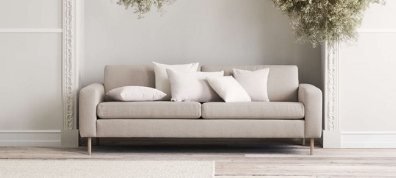
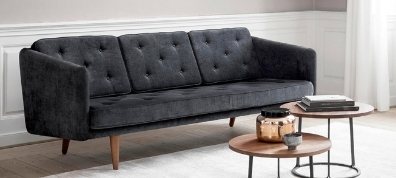
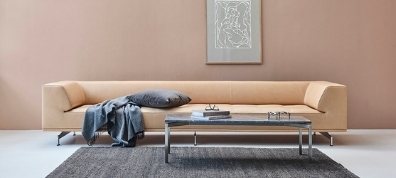
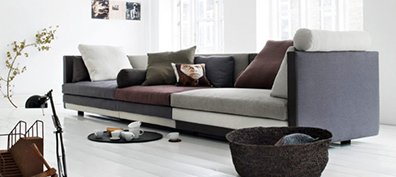
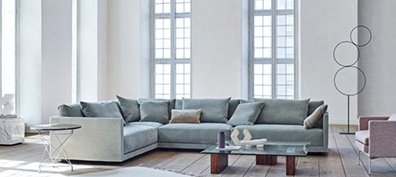
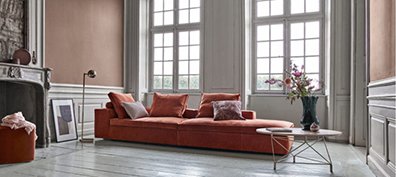
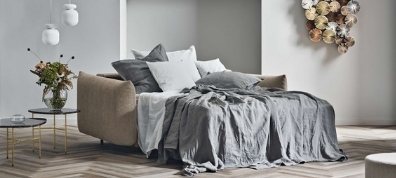
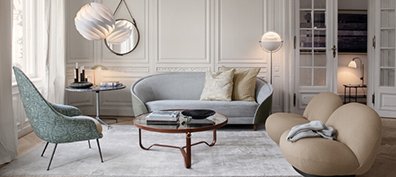
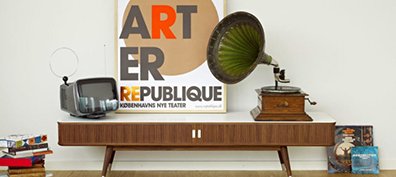
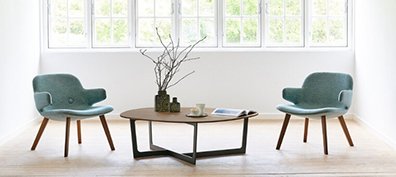
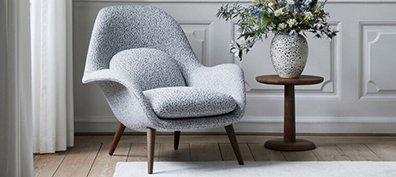
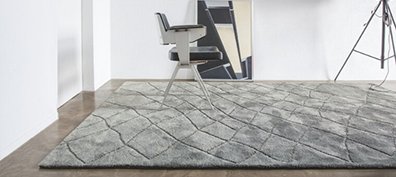
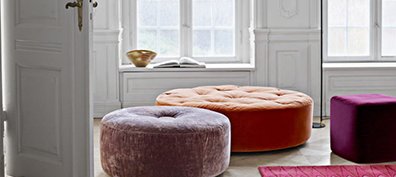
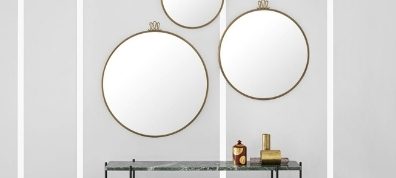
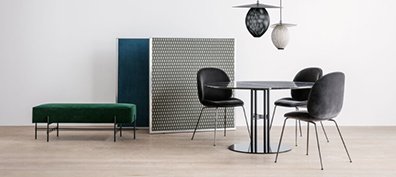
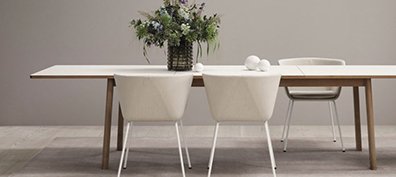
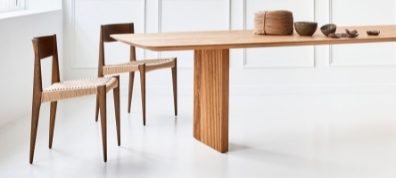
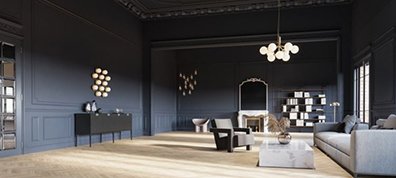
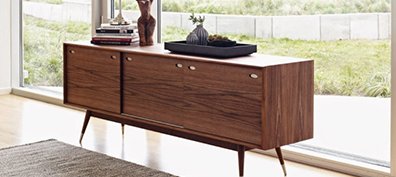
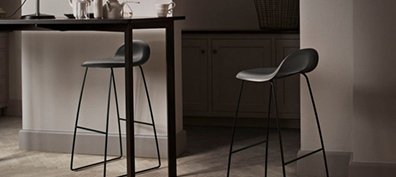
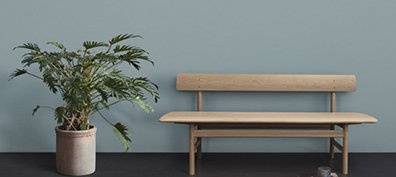
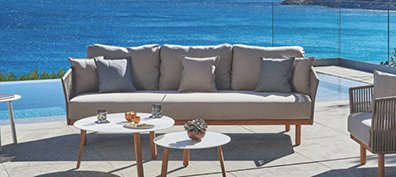
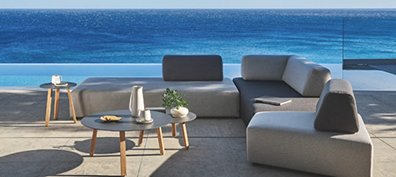
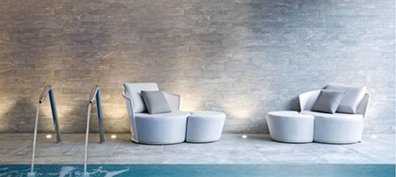
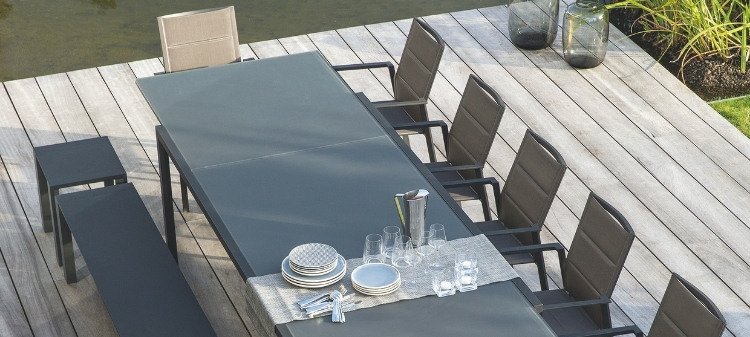
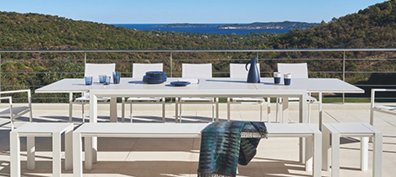
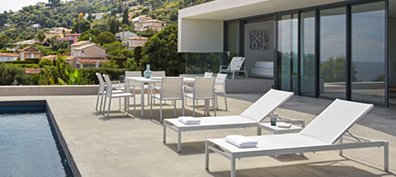
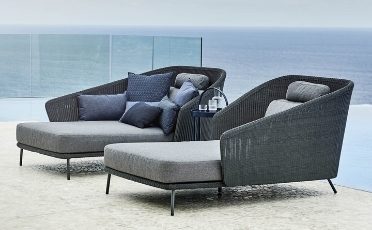
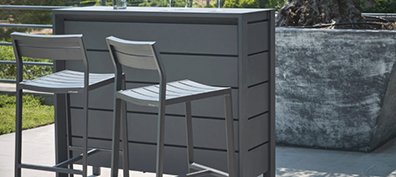

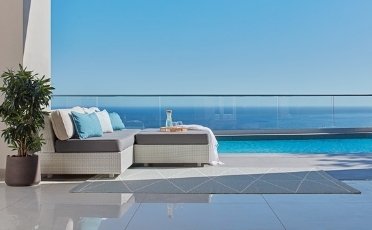
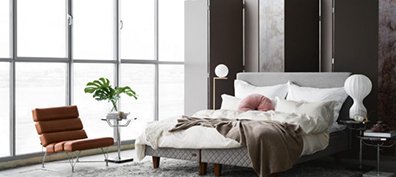
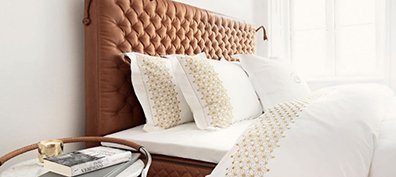
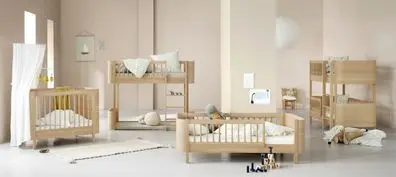
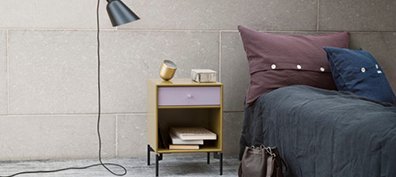
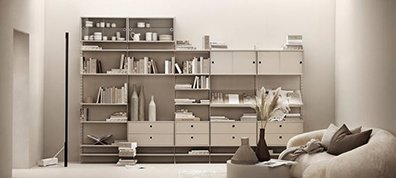
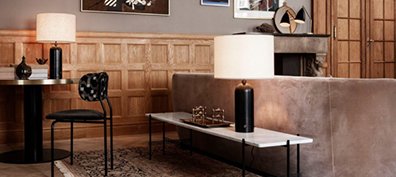
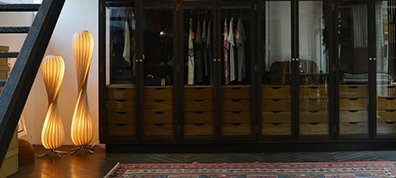
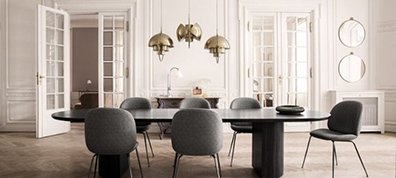
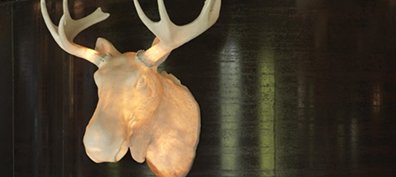
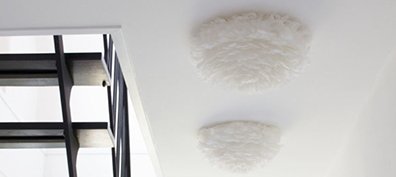
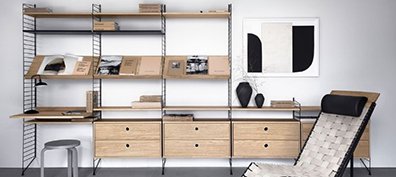
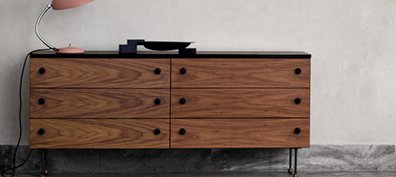
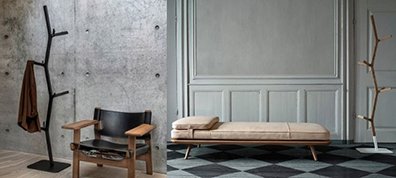
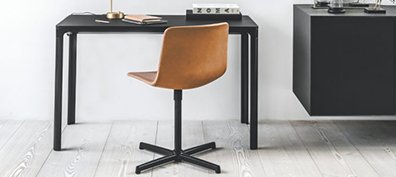
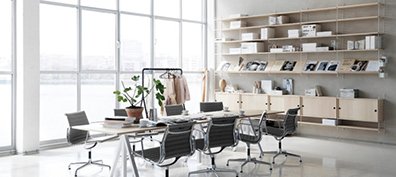
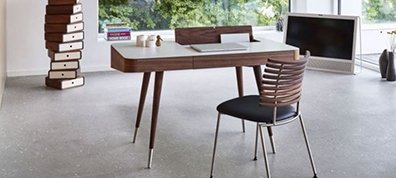





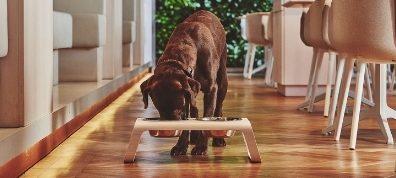

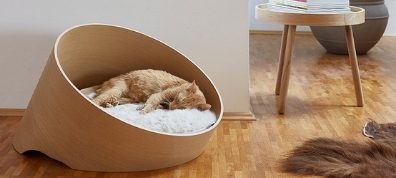
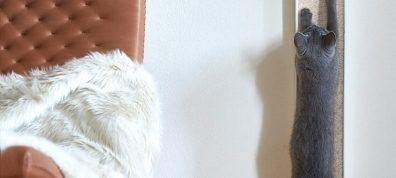


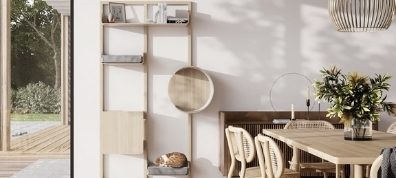
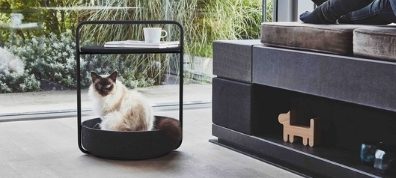
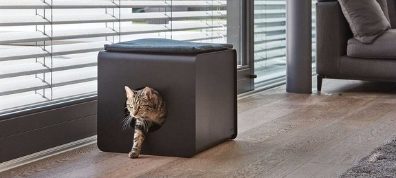
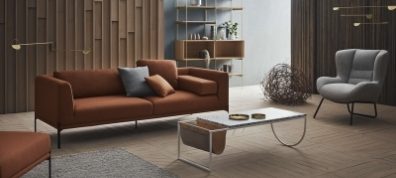


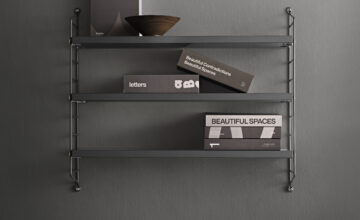
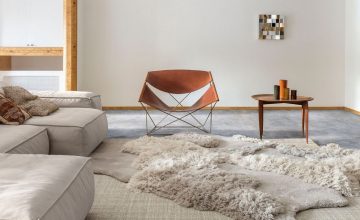
 Danish Design | Authentic Designer Furniture
Danish Design | Authentic Designer Furniture